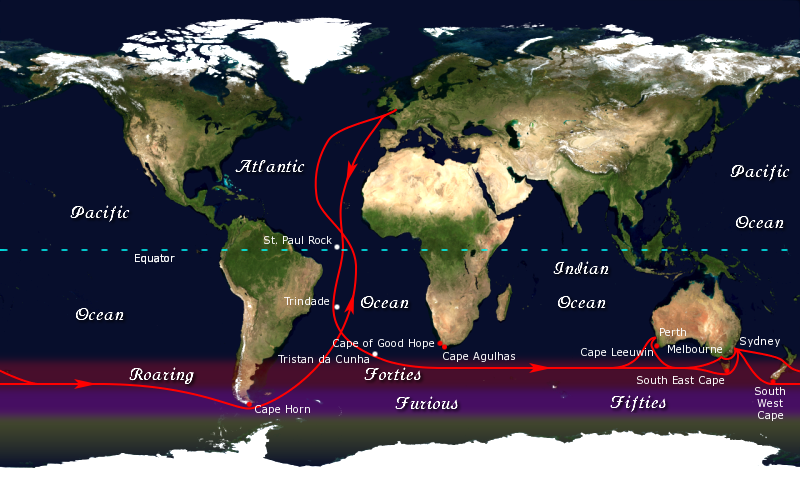 Looking at this
population map of Australia, it is easy to see where the main
economic, political and cultural divide is likely to be in Australia. WA, or more accurately the south-west
corner of WA, and all the inhabited lands east of the Nullarbor Plains. A division
of the south and north won’t exist or will be minor as the north has an almost
insignificant population.
Looking at this
population map of Australia, it is easy to see where the main
economic, political and cultural divide is likely to be in Australia. WA, or more accurately the south-west
corner of WA, and all the inhabited lands east of the Nullarbor Plains. A division
of the south and north won’t exist or will be minor as the north has an almost
insignificant population.
The population
limit of the north coast under both the industrial support system and
industrial agriculture seems to be about 250,000, without those support
structures the north coast’s inherent population limit is likely to be around
10-50,000. The north coast could support
a higher population by importing food from either Asia or Australia and since its likely to be a trading hub
the necessary wealth is well within reach.
An important
feature is the massive disparity in size (in terms of populated land),
population power and overall strategic importance. The west is a relatively
small, weak, and sparsely populated outpost located at a strategic point along
the clipper route. The east is the relatively large, strong, populous heartland
that occupies a less strategic position along the clipper route, the eastern
equivalent is occupied by New Zealand. While the west is likely to be an
independent political, economic and cultural centre, and it will certainly be
an important trading hub, it will never, for the simple lack of people, be the
major half of Australia. It’ll be important, especially as it’s
the first port after the Cap of Good Hope.
Another feature is
the clipper routes affects on the east west divide. Since the route travels
along the south coast and its unlikely for the wind currents to drastically
change, there isn’t any effective way for trade to bypass one of the halves,
especially since the sailing ships will need to be resupplied, and since its
all open ocean, travel would be hard to cut off and none of the choke points of
the Mediterranean exist in this part of the clipper route. The clipper route
also connects the east and west far better (in terms of travel time) than most
large (and some small) states have been throughout history; it took Rome months
to move its legions from theatre to theatre, it took 6 months to travel the
length of Archaemenid Persia, imagine travelling across Russia on foot or
horseback. In terms of travel time, Australia isn’t anywhere near as big, it’s a 3 day
train ride from Perth to Melbourne and the same rout by sailing ship is only
a few days extra. Kingdoms carved out during decline periods have been bigger
in travel time and almost all of them just subsumed the remaining governmental
organisation. This isn’t to say that WA would necessarily stay united with the
rest of Australia, having two separate governments is likely, but the cultures
aren’t likely to wildly diverge and a Western and Eastern Australian is likely
to have a similar (but not identical) worldview and cultural heritage.
The main variable
is travel across the Nullarbor
Plain, since that
is the major land barrier between the eastern and western sections. The
trans-Australian Railway (Kalgoorlie to Port Augusta) was finished in 1917 and
its likely to still be operational for the next century and possibly after. The
main danger to the Trans-Australian railway is that it will be merely maintained,
instead of being retrofitted to deal with overshoot. If not, then as Australia slides down the path of overshoot, the
land link will eventually be lost and the only reliable travel option will be
sailing ships. So the variable is either having a strong transport link via sea
and land or only sea. Communication isn’t likely to change either way, radio is
unaffected, and unlikely to be lost, and it doesn’t matter hugely if a letter
is a day or two later. How this could potentially affect unity is uncertain,
these conditions haven’t existed before and are unique.
